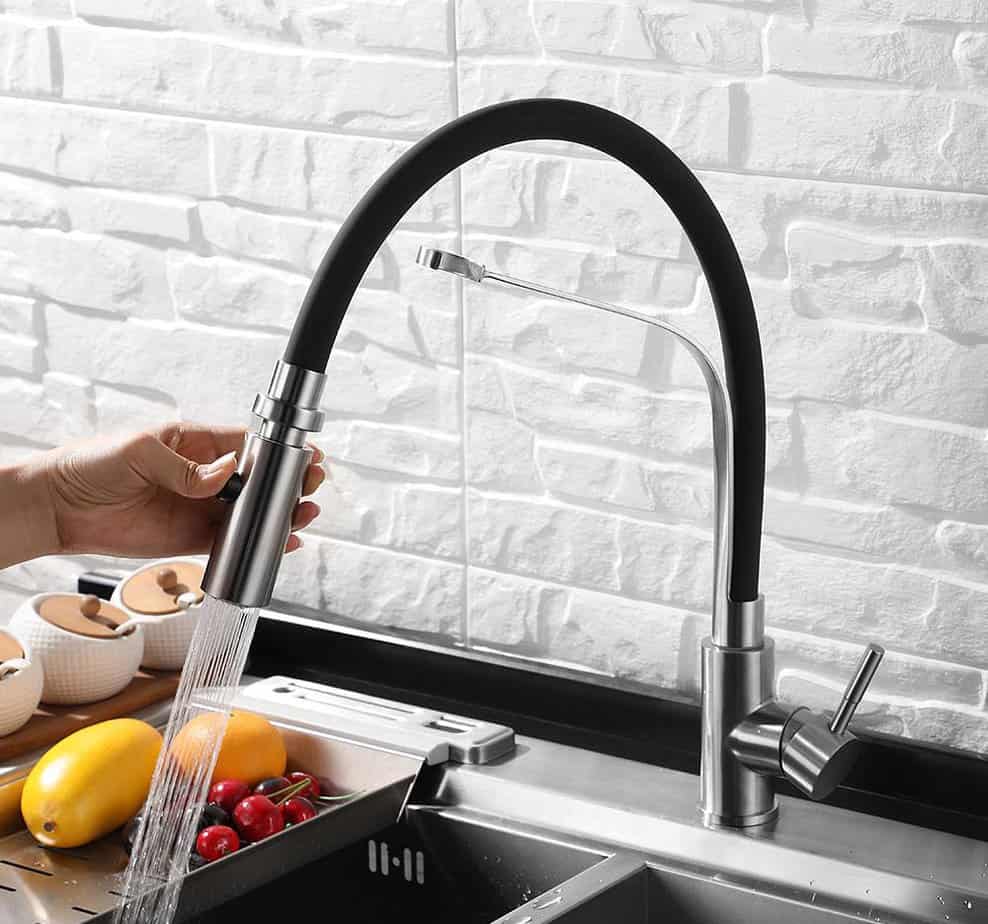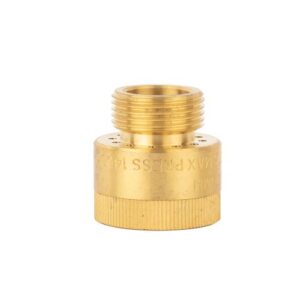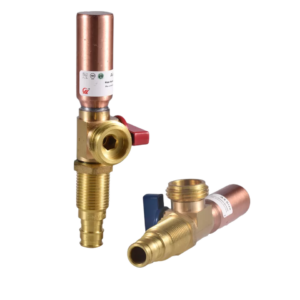Description
Single Hole Faucet For Kitchen Sink
JX-2004
Single-handle kitchen sink faucet with pull-down sprayer
Made of high-quality SUS304 grade stainless steel, free of lead-free of secondary pollution. Careful care for the health of you and your family is our first goal
More comprehensive cleaning:
PPC glue-type pull-type sprayer has a longer service life than the traditional pull-down sprayer, and it is more convenient to clean the stubborn stains in the starting and dead corners with 360-degree rotation, giving you a clean and comfortable sink platform; the high curvature swan neck setting makes it easier for you to clean pans or other utensils.
Special design:
When pulling the handle forward, there is cold water in front, which can protect your family, especially the elderly and children, from the harm of hot water
Mode switching button and effects
Our kitchen faucet can provide soft aerated flow and powerful spray without splashing.
We can supply different color spouts, such as black, red, orange, etc. Choosing a sink faucet with the perfect color spout will bring a good mood when cooking in the kitchen with your family.
The inner packing with cloth bag and color box, outer packing with standard export carton, OEM/ODM are available.
| Model | JX-2004 |
| Mounting Type | Deck Mount |
| Finish Type | Brushed, Matte Black, Chrome Plating |
| Material | Stainless Steel |
| Color | Red, Black, Orange, Blue, etc. |
| Number of Handles | 1 |
| Included Components | Hoses, Sprayer, Fixing sets |
| Hole Count | 1 |
| Special Feature | Pull Down Sprayer, Lead-Free, Rust Resistant |
| Handle Type | Lever |
| Maximum Flow Rate | 1.8 Gallons per Minute |
| Installation Type | Single Hole |
| Handle Material | Stainless Steel |
| Warranty Type | Limited |
| Batteries Included | No |
| Batteries Required | No |
| OEM/ODM | Yes |
The Single Hole Faucet: Kitchen Sink’s One-Hole Wonder

Understanding the humble faucet begins by breaking down the basics. Let’s start with what exactly a single-hole faucet is. In a nutshell, a single-hole faucet, as the name implies, requires only one hole for installation. This sleek design usually encompasses both the handle and the spout in one neat, compact unit. Contrarily, a double-hole faucet is a bit more complex, needing two separate holes for the handle and the spout, respectively.
The single-hole faucet offers a cleaner look, less cluttered. It’s also relatively easier to install and use, making it a preferred choice for small kitchens or minimalistic designs. On the other hand, a double-hole faucet provides more flexibility in terms of arranging the components as per the user’s convenience and is often found in larger, more traditional kitchens.
The difference isn’t just in the aesthetics or installation process. The choice between a single-hole and double-hole faucet may also depend on factors like water pressure, temperature control, and even personal preference in terms of handle rotation. That’s what makes it vital to understand these basics before you dive headfirst into the world of faucets.
What is the normal size of a single Hole Faucet?
The size of a single-hole faucet can vary greatly depending on the specific design and intended use. However, there are standard dimensions you can use as a guideline. Here’s a general overview:
Overall Height: This refers to the height from the base of the faucet to the highest point. For a single-hole kitchen faucet, this is typically between 12 to 16 inches. For a bathroom faucet, it is usually smaller, between 6 to 9 inches.
Spout Height: This measures the height from the base of the faucet to the spout, not the top of the handle. For a kitchen faucet, this is usually between 7 to 8 inches, while for a bathroom faucet, it can be between 3 to 4 inches.
Spout Reach: This refers to the distance from the center of the faucet base to the furthest point of the spout. For kitchen faucets, this is generally between 8 to 10 inches, and for bathroom faucets, it’s usually between 4 to 6 inches.
Hole Diameter: The standard hole diameter for installing a single-hole faucet is approximately 1.25 to 1.5 inches.
Remember, these measurements are just general guidelines. The actual size of a single-hole faucet may vary based on the manufacturer’s design. Always check the specific product dimensions before purchasing and ensure it fits your sink or countertop setup.
Unraveling the Material Mystery: What’s Your Single Hole Faucet Made Of?
The heart of a faucet lies in the material it’s made from. Single-hole faucets often come in a range of materials, each with its own set of advantages and drawbacks.
Stainless steel is a common choice, known for its corrosion-resistant properties and sleek appearance. It’s durable, easy to clean, and fits seamlessly into most kitchen designs. Brass is another popular option, boasting excellent resistance to high temperatures and pressures, making it ideal for heavy-duty use.
For those after a more premium feel, nickel faucets offer a blend of durability and a high-end finish. They’re often coated with chrome for added toughness and shine, adding a touch of elegance to any kitchen.
Plastic faucets, usually made from PVC or ABS, are a budget-friendly option. While not as robust or long-lasting as metal faucets, they’re lightweight, resistant to corrosion, and available in various colors to suit any kitchen décor.
Title: Functionality or Aesthetics: The Tug of War in Choosing Your Single Hole Faucet
Choosing a faucet is not as simple as picking the most attractive one. It’s about finding the right balance between functionality and aesthetics.
Functionally, a single-hole faucet offers many benefits. Its simple design makes it easy to clean and maintain. Plus, it often comes with a pull-down or pull-out sprayer, offering superior convenience and flexibility. Temperature and flow control are usually quite intuitive, with a single handle controlling both.
From an aesthetic viewpoint, single-hole faucets lend a contemporary, minimalistic look to your kitchen. They come in various styles, from sleek and modern to more ornate and classic designs, with finishes ranging from chrome to matte black, brass, or even colorful options.
Choosing the right one depends on your kitchen layout, decor style, usage patterns, and personal preferences. It’s essential to evaluate the faucet’s compatibility with your sink, the size and style of your kitchen, and even the type of tasks you typically perform in the sink.

What are the spare parts of a single-hole faucet?
A single-hole faucet is made up of several components, each with a specific function that contributes to its overall operation and efficiency. Here are the major components:
Handle: This is the part of the faucet that you physically interact with the most. It controls the flow of water and its temperature. For single-hole faucets, there is typically one handle that swivels left or right to control hot and cold water and moves up and down to regulate the flow. Some may come with a lever or a knob, depending on the design.
Spout: This is the part of the faucet from which the water is dispensed. Depending on the design, the spout can be fixed or it can be a pull-down or pull-out model to provide added convenience and flexibility.
Cartridge: This is a crucial component located inside the handle. It regulates the flow of water when the handle is turned. Cartridges can come in different types, such as compression, ball, disc, or cartridge, and their durability and ease of maintenance vary accordingly.
Aerator: Attached to the end of the spout, the aerator serves to control the flow of water, prevent splashing, and conserve water by adding air into the water stream. It also often acts as a filter, catching any debris in the water.
Base Plate (Escutcheon): Although not present in all designs, an escutcheon or base plate is used to cover extra holes in the sink when installing a single-hole faucet.
Supply Lines: These are pipes that carry hot and cold water from your home’s plumbing system to the faucet. They’re typically made from flexible materials for ease of installation.
Gaskets and O-Rings: These small components help ensure a tight seal between various parts of the faucet to prevent leaks.
Diverter Valve: Found in faucets with a sprayer, the diverter valve reroutes water from the spout to the sprayer when it’s activated.
Spray Hose: If the faucet has a pull-out or pull-down sprayer, the spray hose connects the sprayer to the faucet and carries water to it.
Mounting Nut: This component is used to secure the faucet to the sink or countertop, ensuring stability.
Understanding these parts and their functions can help in the maintenance and repair of your single-hole faucet, enhancing its lifespan and efficiency.







